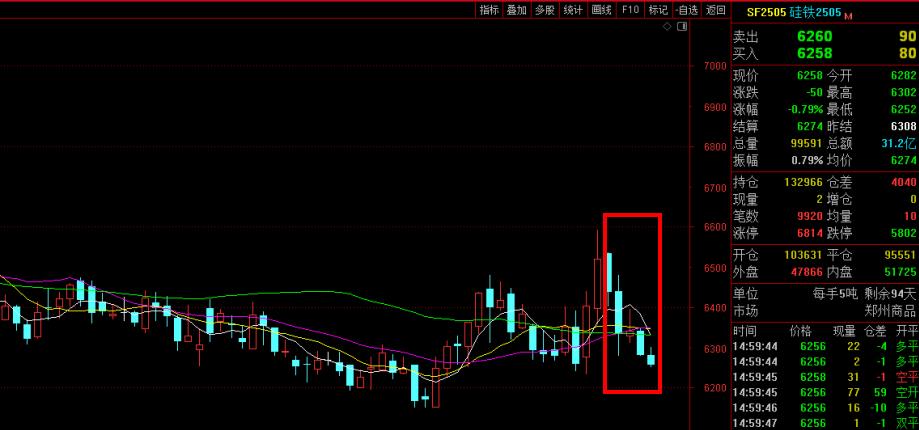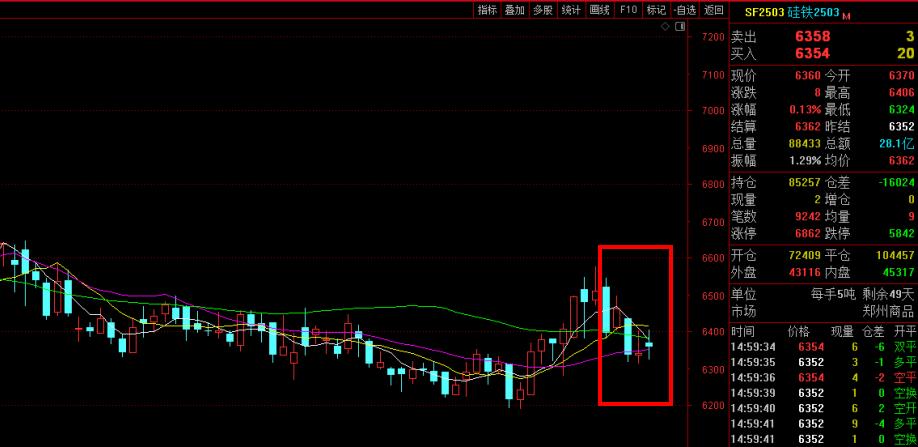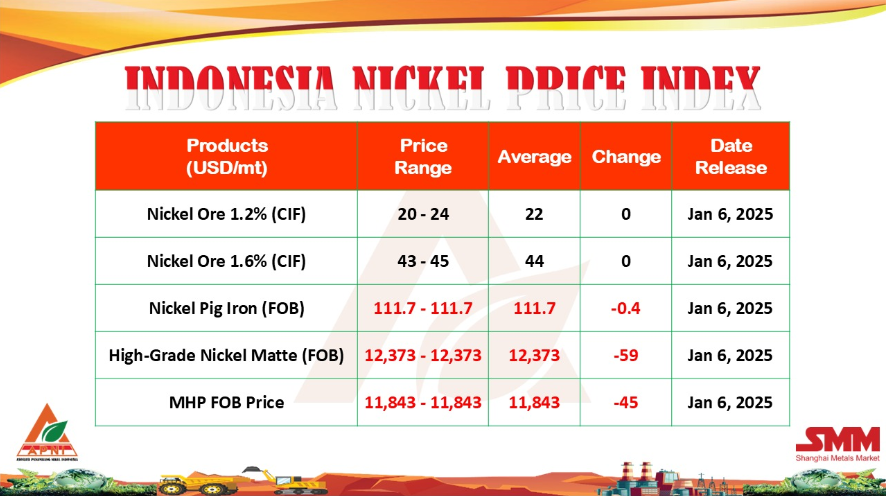The headline “commodity prices at lowest point since financial crisis” may have been publishable for the majority of the past few years, but trends are rarely everlasting, and in an era as rapidly changing as this one, nothing is guaranteed to go on for very long at all. Steel precursors bit the dust when growth in China and other developing countries slowed post-recession and stockpiles began to swell, but positive movement in the value of several metals this year could signal the end of the imbalance and a return to confident action. Over the next three articles, I’ll be taking a look at the practical realities of a few markets, starting with vanadium, in order to better understand the behavioural reasons behind the potential commodities resurgence.
The price of vanadium began to change track at the end of 2015 when supplies started to dwindle and output from China dropped after new anti-dumping measures were implemented; this year, however, the increase has not only continued, but accelerated. The metal is heavily influenced by global construction as it is primarily used in the manufacture of alloyed steel, but there does exist some significant potential for vanadium to become a key feature of the energy-storage supply chain as a result of the ongoing scientific mission for a better battery. On top of this, global stockpiles of vanadium are still in decline, partly in response to movement in the construction industry, and partly due to the fact that there are relatively few resources that exist that can produce the metal economically and so excess production builds up relatively little buffer.
This year, steel demand is projected to grow further since many developed economies such as Russia are expected to move out of hard times. The construction industry often leads a country out of recession; as investors regain confidence, things actually get done. Cities are built, problems are addressed, and people stop shouting quite so much, and since vanadium strengthens steel and resultantly reduces its weight, V-steel, as it’s known, should be a popular feature of any recovering or emerging economy. A massive vanadium price spike in 2008 was caused primarily by the devastation wrought by the ~8 magnitude Sichuan earthquake and the resulting need to rebuild.
Established nations emerging from hardship is only half of the uptake story, however, since more developing countries are coming “on-grid” every year. While growth in China is expected to stay fairly flat for at least a few years, steel demand in India is booming. Global steel is expected to grow by 1.3% in 2017, while India’s projections show a 6.1% climb compared with 2016. President Trump has been very clear on his plans for the expansion of infrastructure, but even this could have relatively little impact when considered against the numerous economies creeping towards modernity.
Interestingly, the failure of the lithium-ion battery to satisfy the needs of larger energy storage systems such as the ones that may be required for heavy industry has resulted in some positive feelings around the vanadium redox flow battery. The flow battery’s capacity and stable nature makes it a suitable candidate for mid-scale solar and wind farms that could power entire neighbourhoods. Already, some scientific industries are installing vanadium-based energy systems such as the planned 100kW installation at the Hawai‘i Ocean Science and Technology Park later this year, and although this technology remains in infancy, it appears to be a prime candidate for advancing the energy needs of developing communities.
Looking forward, confidence is high in vanadium’s continued climb. Even without a battery-related market disruption, steel is on the up, and is expected to remain strong for the near future, although vanadium producers have recently begun to collaborate with battery manufacturers in the hopes of achieving the high-purity concentrates that are necessary to gain entry into the supply chain. Given that construction is beginning to win-out against recession, it is likely that vanadium-strengthened alloys will be in increasing demand in the coming years.
- [Editor:Wang Linyan]



 Save
Save Print
Print Daily News
Daily News Research
Research Magazine
Magazine Company Database
Company Database Customized Database
Customized Database Conferences
Conferences Advertisement
Advertisement Trade
Trade














 Online inquiry
Online inquiry Contact
Contact

Tell Us What You Think